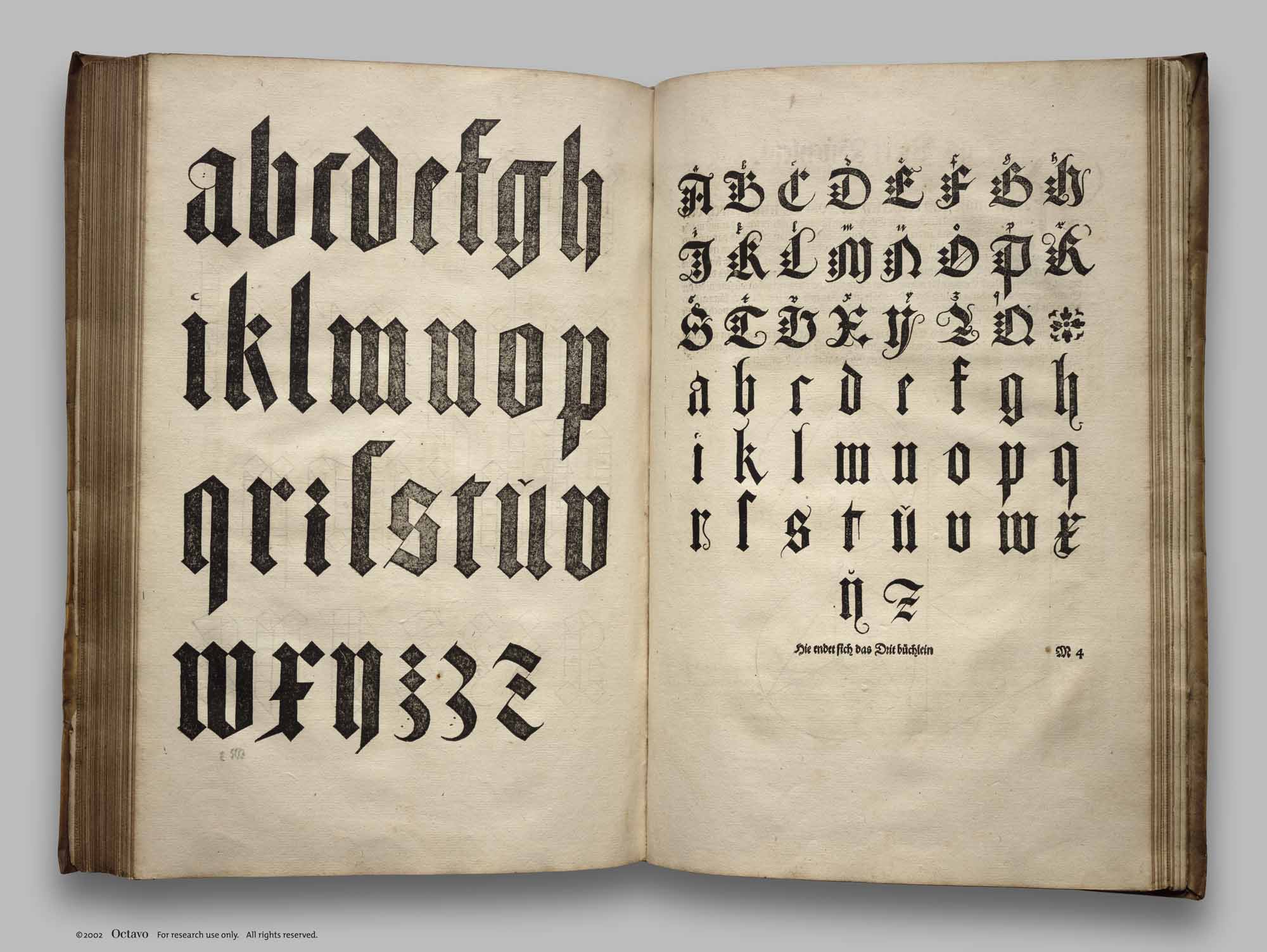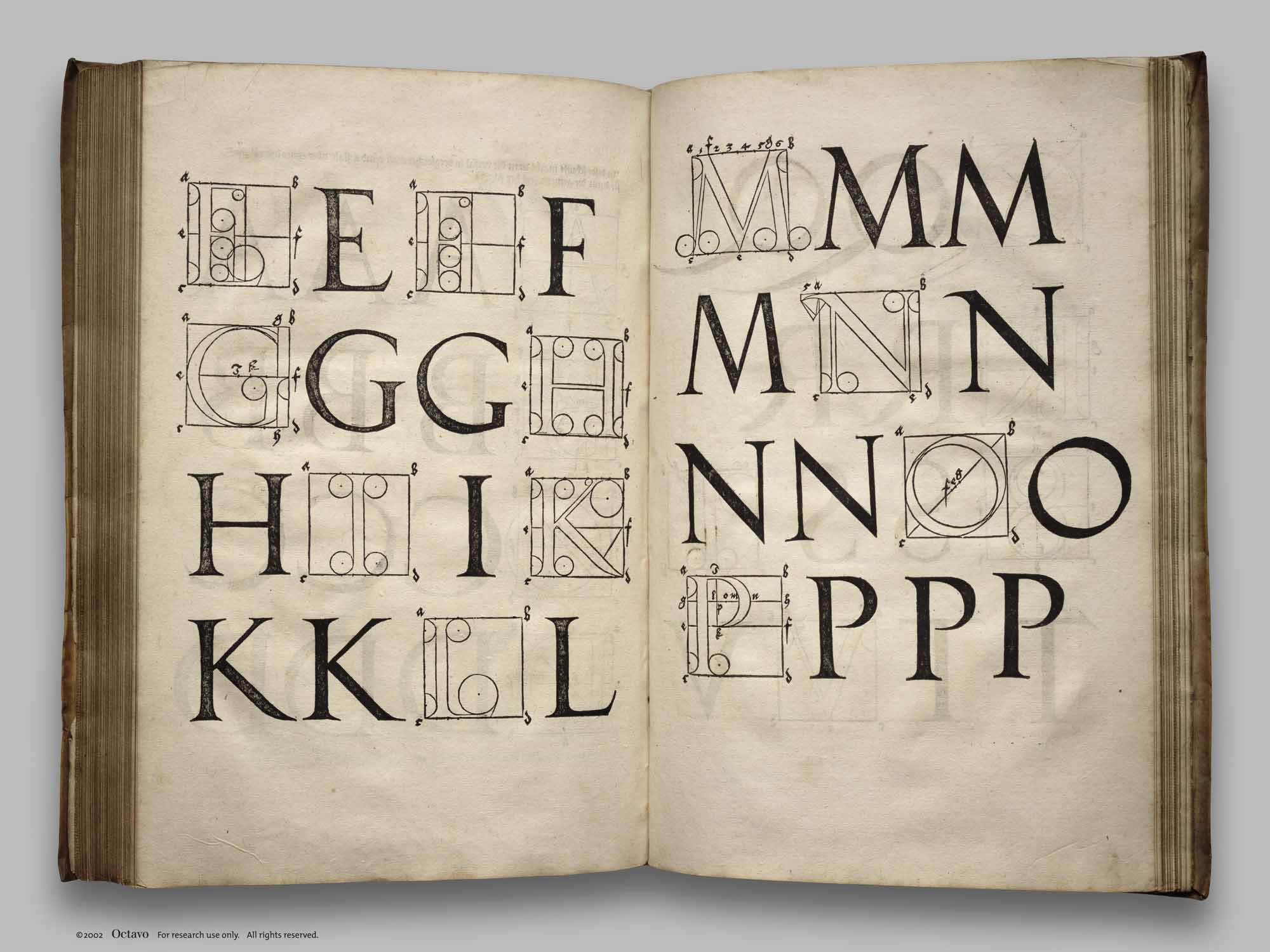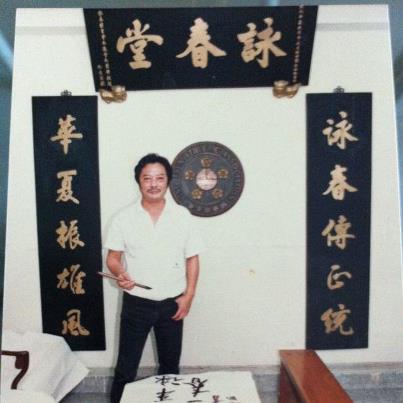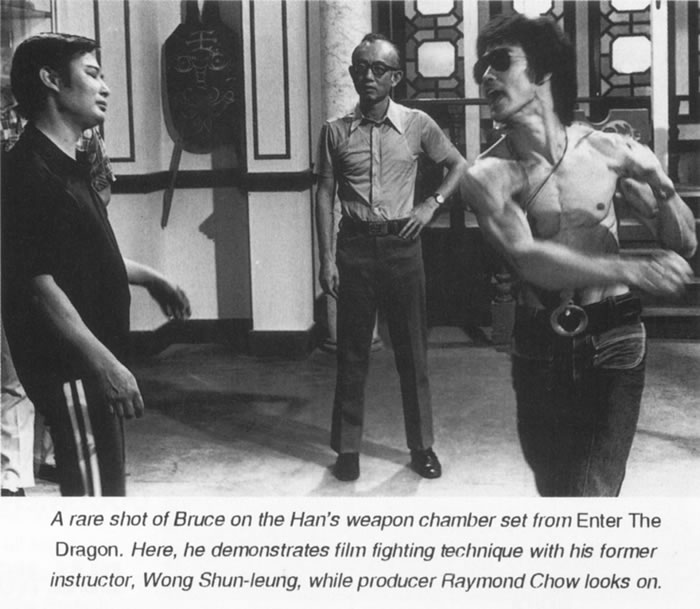It looks like you're using an Ad Blocker.
Please white-list or disable AboveTopSecret.com in your ad-blocking tool.
Thank you.
Some features of ATS will be disabled while you continue to use an ad-blocker.
6
share:

Hi ATS,
I want to share with you today a method for self-improvement that I have become re-acquainted with over the last three years. I realized today that I have gained quite a bit from it, and I have learned to enjoy it so much that I felt like I should share it with others.
And the method is: Cursive writing.
Now, before you click that back button, have a short listen to where I am coming from and how this might benefit you.
Think for a moment about how widely we all search for ways to directly improve our minds and bodies, and also consider what a high premium has been placed on developing the mind-body connection.
It might be said that one hallmark of having a developed mind-body connection would be the ability to greatly shorten the gap between cognition and appropriate action. We see the 'thing', or the 'event' in time-space, and there would be very little gap (as little as possible) between us seeing, and then us acting in (ideally) the most appropriate way. Many of you are probably aware that it is for this reason that Zen Buddhism became such an integral part of the Samurai tradition in Japan. They were trying to close that gap to improve their martial arts.
What I would like to offer to you here today is that by developing your cursive handwriting you can access a powerful method for developing the mind-body connection that works in exactly the same way that calligraphy practice does to enhance martial arts and more. We will get to how that might work near the end of this short thread. First I would like to talk about what science has to say about cursive writing and the brain, and I would like to offer anecdotes from my experience with developing my penmanship.
First off, we want to know if we are wasting our time, right?
Well, we aren't. engaging in practices like developing your cursive writing causes permanent, beneficial changes to your brain.
Here is the study that virtually everyone refers to when touting the benefits of cursive. It was developed by Reza Shadmehr and Henry H. Holcomb in 1997. I am not going to go much further than this as it seems sufficient to me. I will help break it down. Here is the abstract...
Computational studies suggest that acquisition of a motor skill involves learning an internal model of the dynamics of the task, which enables the brain to predict and compensate for mechanical behavior.
During the hours that follow completion of practice, representation of the internal model gradually changes, becoming less fragile with respect to behavioral interference.
Here, functional imaging of the brain demonstrates that within 6 hours after completion of practice, while performance remains unchanged, the brain engages new regions to perform the task; there is a shift from prefrontal regions of the cortex to the premotor, posterior parietal, and cerebellar cortex structures.
This shift is specific to recall of an established motor skill and suggests that with the passage of time, there is a change in the neural representation of the internal model and that this change may underlie its increased functional stability.
www.sciencemag.org...
Here is a very good article that mentions that study and more...
Intelligence and The Lost Art of Cursive.
If you will note the part I bolded from the abstract, that is the key.
Recall will be improved and what your brain is going to recall will be more stable in the first place. I know that those of you that have ever been tested under pressure realize that there is a big difference between 'stable' and 'unstable' information or learning.
I always take notes in my best cursive, and lots of them. I am having to learn Spanish and I attribute much of my ability to retain the new words to my ability to flow well while taking notes in cursive Spanish. I have watched my flow improve over the last 3 months from halting and broken cursive, to flowing cursive Spanish, in fact, my flowing cursive takes on a slightly different style in Spanish. My ability to regurgitate the information, which is where the rubber hits the road, has been greatly, greatly improved.
That is one of the best parts, your cursive will mature along with you and will become as personal to you as a fingerprint.
Defining the mind-body thing...
I don't want to get in to some heavy, detailed BS about what the mind-body connection is. Let's keep it simple. We are looking to eradicate anything that will cause a stutter or a hiccup in moments where instant action is required. But not only that, we want to bring the same flow and stability to everything that we do. We want there to be as little noise as possible so that appropriate action has a clear channel to flow through.
Now, imagine you are practicing your cursive penmanship or any other calligraphy. If there is interrupted flow, and crabbing, and disconnected letters and maybe even ill-formed letters?
Well, I am afraid that that is representative of one's present state of mind-body connection. That connection is all pervasive, and will affect all systems upon which the organism depends every time it calls on that connection. It will always be qualitatively (and biologically quantitatively, in a way) the same unless developed under will.
And the way to address that directly is to practice. Ya have to practice your cursive.
Some of us were introduced to cursive handwriting in grammar school, but it has been removed from a lot of curriculums, so I know that many more have missed it. But never fear, there is a bit of a movement on to get folks to develop their cursive and to get them to teach it to their children. I will provide links at the end of our thread.
The most important thing I would like to express here is that it is actually very difficult, if you have never tried to write entirely in cursive and make it legible.
It will stretch you. Some of you may actually sweat, while forcing yourself to sit there and develop the rudiments. Some of you will probably give up. I am not wishing that on anyone; I am only trying to reinforce that this is not an easy practice to make the brain create legible cursive handwriting. But nothing that is worth having seems like it is ever easy to attain. And the benefits are worth the struggle.
Which brings us to Kung Fu. Kung Fu is defined as skill attained from long hard work on a specific practice. And the idea is that when it is mastered, it influences and improves all facets of the person that has developed it. Handwriting and calligraphy are time tested and true methods for developing what is needed for people to have an experience of that for themselves.
edit on 24-11-2012 by Xoanon because: continued...
Why this works, for martial arts or anything else.
I wanted to make a special little section on this for you. I am going to tell you something that you probably don't know about things like Yoga and Gongfu.
Both are systems made of parts that are meant to work together integrally to enhance one another as they are practiced. They have that, amongst other things in common.
You might have known that but did you know this?: You (we, me all of us) are doing this anyway? Developing naturally along the same lines as suggested by both traditions? It is really just a matter of participation. And I hope that that also helps to explain why thing like Yoga and Gongfu are said to get a person there 'faster'. If you have a system and a plan, you are generally going to get 'there' faster, wherever it may be.
And in this case we just want a method that we know will work to improve and stabilize communication throughout our system so there are as few *hics* as possible.
Now, why does it work? How, for instance, is penmanship or calligraphy going to improve the effectiveness of my straight punch?
Consider the eight limbs of Yoga. Here they are..
Yama : Universal morality
Niyama : Personal observances and restrictions
Asanas : Body postures
Pranayama : Breathing exercises
Pratyahara : Control of the 5 senses
Dharana : Concentration
Dhyana : Devotion
Samadhi : Union with the Divine
Each limb comes with a set of practices. But what is not commonly known is that they all work together. If you engage in one, you can expect to see improvements in the others. It is as simple as that.
We find a similar situation in Chinese martial arts, we have practices such as Chuan (forms), Gong (strength training) and Qigong (breath and energy development). Each one can be developed independently of the others but the development of one develops the others.
For the artist, the Chinese conceived of 3 perfections, poetry, painting and calligraphy. To these Taiji master Cheng Man Ching added medicine and martial arts. He found the same to be true, that as he developed, one would enhance the other. I have found the same to be true.
The skill of calligraphy has a long tradition in the martial arts of both Japan and China and there is a good reason for it. Consider that no new letters or characters can be made while using a sword at the full extension of the arm that cannot be made with the tiniest pen or quill.
And that is why I wanted to bring it to you, ATS.
Practicing our penmanship and developing a solid cursive-hand is one of the simplest ways possible to grow and access a better us.
It's free and accessible to just about everyone. And it works.
Thanks for reading ATS, I hope that you all find this as useful as I have.
Link-ies:
Top Ten Reasons To Learn Cursive
Handwriting: A Complete Guide To Instruction
Cursive Handwriting Practice Worksheets
edit on 24-11-2012 by Xoanon because:
reply to post by Xoanon
Great write up. I agree.
As a trade I design fonts and set text in books. When I fell in love with the intricacies of letter forms I never turned back. There's something cathardic and enjoyable about writing cursive, script, calligraphy and gothic lettering.
Writing and lettering is still a conservative artform.
Letterforms designed by Albrecht Durer


Great write up. I agree.
As a trade I design fonts and set text in books. When I fell in love with the intricacies of letter forms I never turned back. There's something cathardic and enjoyable about writing cursive, script, calligraphy and gothic lettering.
Writing and lettering is still a conservative artform.
Letterforms designed by Albrecht Durer


I have always written in cursive, and recently had a younger adult tell me that they were shocked that I wrote in cursive. I grew up with it being
normal. Only 3rd graders and below printed their letter. Now people are surprised if you write in cursive?
reply to post by LesMisanthrope
Thank you for the reply and the beautiful Dürer images...
That just sounds like the best job to me right now. I am really fond of over the top printings by small publishing houses.
Thank you for the reply and the beautiful Dürer images...
As a trade I design fonts and set text in books. When I fell in love with the intricacies of letter forms I never turned back. There's something cathardic and enjoyable about writing cursive, script, calligraphy and gothic lettering.
That just sounds like the best job to me right now. I am really fond of over the top printings by small publishing houses.
Well alright ATS.
I know; who needs a guy coming along and telling you all to practice your cursive. I know.
As a final post I would like to make a little tribute to my Sigung (Gongfu Grandfather), Wong Shun Leung who was a self-taught calligrapher.

One of my Sifu's most prized possessions was a banner with calligraphy of his name written on it that was made for him by Sigung Wong; my teacher also practices his own calligraphy and he especially loves to paint.
Sigung Wong Shun Leung was also known as Gongsau Wong or, 'King of The Talking Fist'. He was the victor in over 60 bareknuckle fighting competitions, known as Beimo, and he retired to teach full time at the age of 36.
Because Sigung Wong was willing to 'take the show on the road' like that with the skills he learned from Yip Man, he was greatly responsible for raising the visibility and popularity of Wing Chun kungfu; and it was, in fact, Sigung Wong, that trained the famous hippy, Bruce Lee (my 'Sisok Kung' (Great Uncle), who was also a calligrapher and artist)...

Great article on the history of all this by arguablly the best writer on the subject, Australian Wing Chun expert David Peterson...
So I guess it runs in the family. I discovered it by accident out of necessity, because of school, but now I agree with my teachers and with LesMisanthrope: now that I have learned to enjoy engaging with letter forms like this and now that I have experienced the benefits, I could never turn back. I just want to get better and better. Plus, cursive and calligraphy both come with a greatly reduced risk of brain damage.
Thanks again ATS.
Happy Sunday.
I know; who needs a guy coming along and telling you all to practice your cursive. I know.
As a final post I would like to make a little tribute to my Sigung (Gongfu Grandfather), Wong Shun Leung who was a self-taught calligrapher.

One of my Sifu's most prized possessions was a banner with calligraphy of his name written on it that was made for him by Sigung Wong; my teacher also practices his own calligraphy and he especially loves to paint.
Sigung Wong Shun Leung was also known as Gongsau Wong or, 'King of The Talking Fist'. He was the victor in over 60 bareknuckle fighting competitions, known as Beimo, and he retired to teach full time at the age of 36.
Because Sigung Wong was willing to 'take the show on the road' like that with the skills he learned from Yip Man, he was greatly responsible for raising the visibility and popularity of Wing Chun kungfu; and it was, in fact, Sigung Wong, that trained the famous hippy, Bruce Lee (my 'Sisok Kung' (Great Uncle), who was also a calligrapher and artist)...

Great article on the history of all this by arguablly the best writer on the subject, Australian Wing Chun expert David Peterson...
So I guess it runs in the family. I discovered it by accident out of necessity, because of school, but now I agree with my teachers and with LesMisanthrope: now that I have learned to enjoy engaging with letter forms like this and now that I have experienced the benefits, I could never turn back. I just want to get better and better. Plus, cursive and calligraphy both come with a greatly reduced risk of brain damage.
Thanks again ATS.
Happy Sunday.
edit on 25-11-2012 by Xoanon because:
reply to post by Xoanon
*smiles at you from ear to ear*....
I logged in just to reply........heart felt thanks for this.
It is such a lost art and interesting that it draws me so, I've picked up, and sat down, calligraphy a very long time ago; it was my Aunties mother that inspired me to pursue it through out the years.
She could write cursive with both hands at the same time and even backwards and to the point where she could write her full name like a mirror, finishing at the same time and meeting in the middle! No joke! I wouldn't have believe it if I didn't see it with my own eyes.
What I've found out is, calligraphy/cursive take a solid amount of time to perfect, not a week, not just a month.. but long UN-interupted hours daily for months; if you don't stay with it long enough, you'll have to relearn it all over again and especially if you never use it daily. Interesting that we need that type of practice in our lives..........in every thing we do to become perfect in what we do and attain....
At this point in my life, i can nearly have my numbers perfect and distinguishable but, not as cursive or calligraphy, but, 2's, 3's & 5's are that without any mis-interpretation as to what they are; it took incredible amount of concentration and time to perfect them in written form, but, the complements are never ending & the work I do, it's extremely important that other people understand exactly what it written and interpreted.
As for the connection between Kung Fu and cursive, I would definitely agree because it's the concentration of the two that allow the mind to more easily get to the point of concentration even with distractions about. Much like the in the movie clip...with arrows flying about but, still focused on the subject in the face of death.
*smiles at you from ear to ear*....
I logged in just to reply........heart felt thanks for this.
It is such a lost art and interesting that it draws me so, I've picked up, and sat down, calligraphy a very long time ago; it was my Aunties mother that inspired me to pursue it through out the years.
She could write cursive with both hands at the same time and even backwards and to the point where she could write her full name like a mirror, finishing at the same time and meeting in the middle! No joke! I wouldn't have believe it if I didn't see it with my own eyes.
What I've found out is, calligraphy/cursive take a solid amount of time to perfect, not a week, not just a month.. but long UN-interupted hours daily for months; if you don't stay with it long enough, you'll have to relearn it all over again and especially if you never use it daily. Interesting that we need that type of practice in our lives..........in every thing we do to become perfect in what we do and attain....
At this point in my life, i can nearly have my numbers perfect and distinguishable but, not as cursive or calligraphy, but, 2's, 3's & 5's are that without any mis-interpretation as to what they are; it took incredible amount of concentration and time to perfect them in written form, but, the complements are never ending & the work I do, it's extremely important that other people understand exactly what it written and interpreted.
As for the connection between Kung Fu and cursive, I would definitely agree because it's the concentration of the two that allow the mind to more easily get to the point of concentration even with distractions about. Much like the in the movie clip...with arrows flying about but, still focused on the subject in the face of death.
reply to post by Komodo
This is tremendously inspiring to me. She must have retained a very sharp mind all the way up until passing.
That is one of the things that I find most beautiful about cursive; it connects us to our families and heritage. I love to look at letters in my grandmother's handwriting, she was very good.
Thanks for posting, I am so glad that you enjoyed the thread.
X.
She could write cursive with both hands at the same time and even backwards and to the point where she could write her full name like a mirror, finishing at the same time and meeting in the middle! No joke! I wouldn't have believe it if I didn't see it with my own eyes.
This is tremendously inspiring to me. She must have retained a very sharp mind all the way up until passing.
That is one of the things that I find most beautiful about cursive; it connects us to our families and heritage. I love to look at letters in my grandmother's handwriting, she was very good.
Thanks for posting, I am so glad that you enjoyed the thread.
X.
new topics
-
Search to Resume for MH 370
Disaster Conspiracies: 18 minutes ago -
Sue Gray, Sir Keir Starmer's former Chief of Staff, Nominated for Peerage
Regional Politics: 1 hours ago -
Biden Nationalizes Another 50,000+ Student Loans as He Heads for the Exit
US Political Madness: 2 hours ago -
An Interesting Conversation with ChatGPT
Science & Technology: 11 hours ago
top topics
-
An Interesting Conversation with ChatGPT
Science & Technology: 11 hours ago, 7 flags -
Biden Nationalizes Another 50,000+ Student Loans as He Heads for the Exit
US Political Madness: 2 hours ago, 4 flags -
Sue Gray, Sir Keir Starmer's former Chief of Staff, Nominated for Peerage
Regional Politics: 1 hours ago, 2 flags -
Search to Resume for MH 370
Disaster Conspiracies: 18 minutes ago, 1 flags
active topics
-
US Federal Funding set to Expire December 20th. Massive CR on the way.
Mainstream News • 40 • : IndieA -
Squirrels becoming predators
Fragile Earth • 30 • : Dalamax -
Can someone 'splain me like I'm 5. Blockchain?
Science & Technology • 82 • : Flyingclaydisk -
An Interesting Conversation with ChatGPT
Science & Technology • 19 • : Flyingclaydisk -
Drone Shooting Arrest - Walmart Involved
Mainstream News • 35 • : lilzazz -
Search to Resume for MH 370
Disaster Conspiracies • 0 • : Coelacanth55 -
Why isn't Psychiatry involved?
Social Issues and Civil Unrest • 25 • : BrucellaOrchitis -
My personal experiences and understanding of orbs
Aliens and UFOs • 18 • : lilzazz -
Salvatore Pais confirms science in MH370 videos are real during live stream
General Conspiracies • 244 • : Lazy88 -
Mood Music Part VI
Music • 3747 • : lilzazz
6
